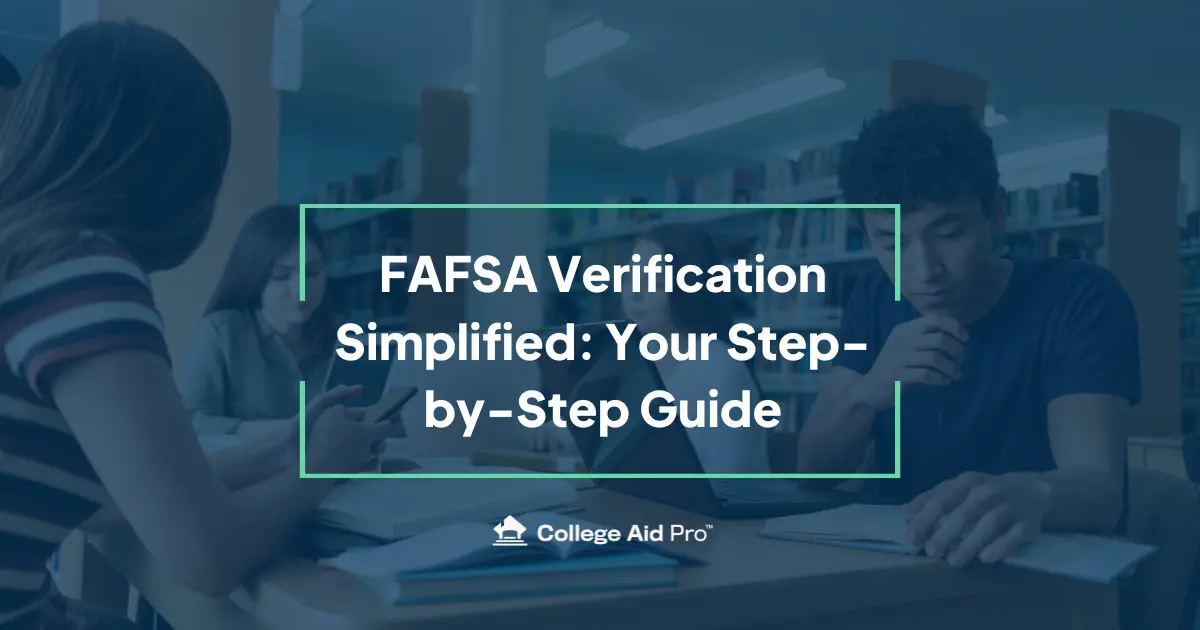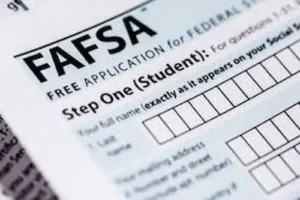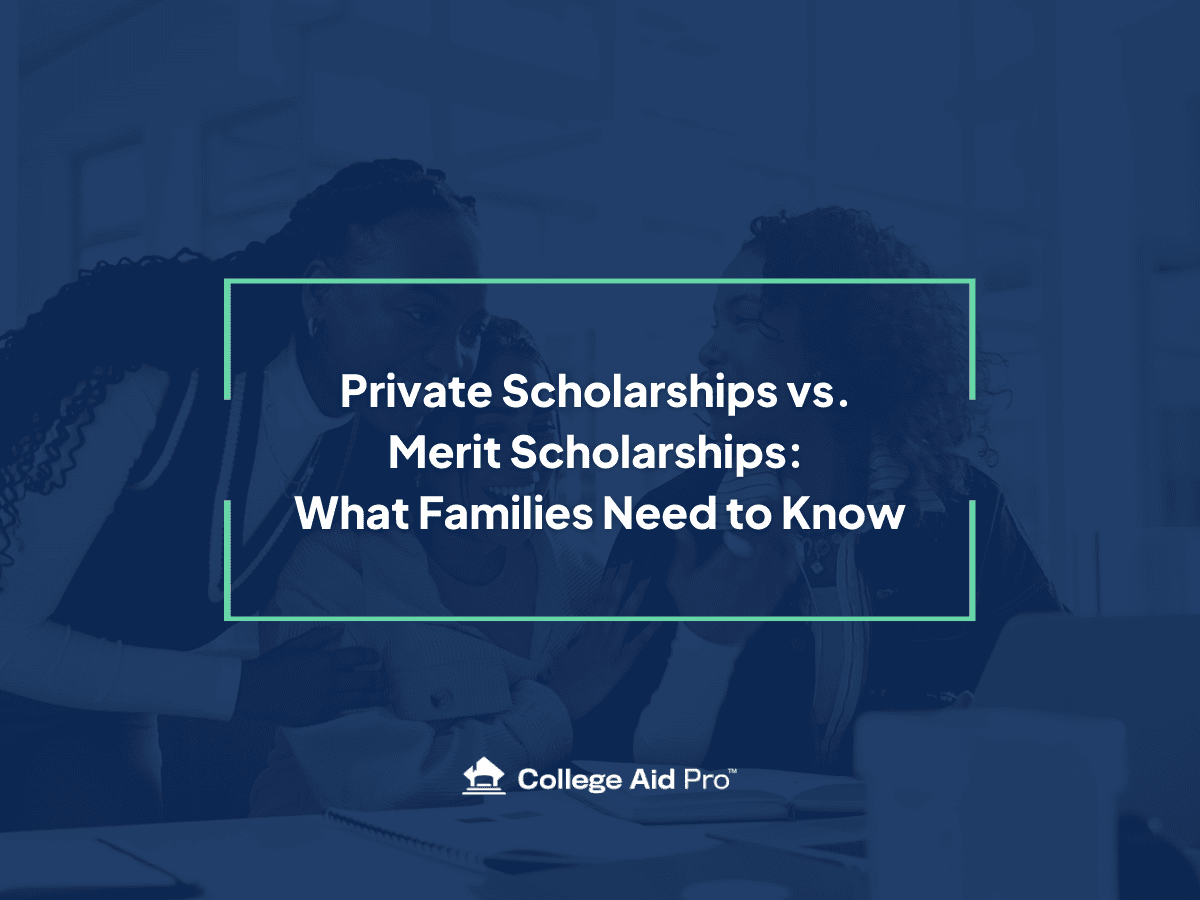FAFSA Verification: Everything You Need to Know for 2025
If you’re applying for financial aid, you’ve likely heard about FAFSA verification. Don’t worry—it’s not a sign you did anything wrong. Think of it as the government or your college double-checking the numbers you submitted on your FAFSA to make sure everything is accurate. It’s a bit like a mini-tax audit, but manageable if you stay organized.
Here’s your complete guide to FAFSA verification in 2025—what it is, why it happens, what documents you may need, and tips to get through it smoothly.
What is FAFSA Verification?
FAFSA verification is a process where the U.S. Department of Education or your college’s financial aid office confirms that the information on your FAFSA is correct. Sometimes it’s random. Other times, it’s to clear up missing details, inconsistencies, or unusual data.
Here’s the most important part: your student won’t receive financial aid until verification is complete. The financial aid office will contact you or your student directly with instructions on what documents to provide.
Why You Might Be Selected
Being selected for FAFSA verification doesn’t mean you did anything wrong. Some key points:
-
About 1 in 4 FAFSA applications are selected each year.
-
Certain colleges, especially smaller ones, may verify all applicants.
-
Common reasons include missing forms, mismatched income information, or complex household situations.
Documents You May Need
The exact documents depend on your personal situation, but generally, colleges may request:
-
Verification worksheets provided by your college
-
Income tax transcript from the IRS, showing line-by-line details from your return
-
Federal tax return (1040, 1040A, or 1040EZ)
-
Other supporting documents like W-2s, 1099s, or proof of a sibling’s college enrollment
-
Amended tax return (1040X), if applicable
Tip: If you didn’t file taxes, you may need to provide a signed statement explaining why, along with a list of income sources and employers.
Using the IRS Direct Data Exchange (DDX)
Good news! The old FAFSA Data Retrieval Tool (DRT) has been replaced by the IRS Direct Data Exchange (DDX). This tool allows your FAFSA information to be automatically verified against IRS tax records, which can help reduce the number of documents you need to submit during FAFSA verification.
However, verification may still be required if:
-
You reported rollovers or non-standard income, or
-
You filed an amended tax return
Even when using the IRS DDX, the financial aid office may request additional tax documents or supporting paperwork to confirm your information. Using the DDX correctly can save time and make the verification process much smoother.
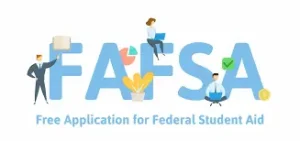
Tips for a Smooth FAFSA Verification
-
Check emails and your Student Aid Report (SAR) regularly. Colleges won’t wait for you to respond.
-
Respond quickly. Delays can affect your financial aid award.
-
Download IRS tax transcripts online for the fastest turnaround. Visit IRS.gov and click “Get Transcript.”
-
Stay organized. Keep copies of everything you submit.
Remember: verification usually doesn’t change your Expected Family Contribution (EFC). If it does, you can discuss next steps or appeal with the financial aid office.
Why FAFSA Verification Matters
FAFSA verification may seem tedious, but it ensures that financial aid goes to the right families and that awards are accurate. It’s a small step that can have a big impact on your student’s college affordability.
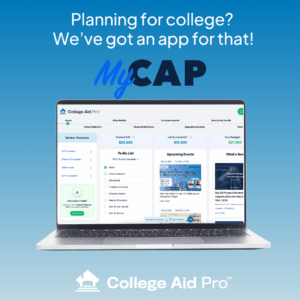 Need Extra Help?
Need Extra Help?
The financial aid process can feel overwhelming, but you don’t have to navigate it alone. At College Aid Pro, we help families stay organized, understand requirements, and maximize their financial aid opportunities.
Sign up for a free MyCAP account to:
-
Track application deadlines
-
Access expert guidance
-
See actual college costs and scholarship opportunities
With MyCAP, FAFSA verification becomes much easier, letting you take control of the college planning process with confidence.
TL;DR: FAFSA verification is a standard review process where your FAFSA is checked for accuracy. You may need to provide tax documents, worksheets, or other supporting materials. Stay organized, respond promptly, and remember—being selected is normal, not a mistake!
